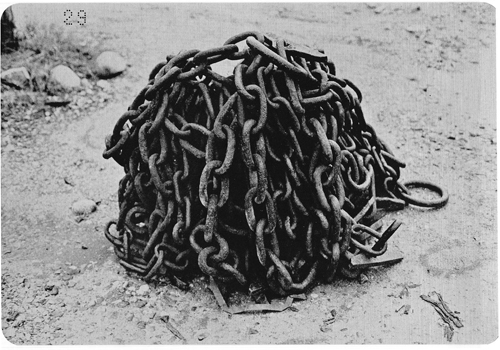Submitted to Art News Magazine in 1966, this article was held by its editor Thomas Hess until 1967, and returned to Kurt unpublshed (with apologies). It is a fine portrait of the artist Victor Brauner (1903-1966), and Kurt connects Brauner's style (early psychological surrealism and later Klee-like whimsy) with the influence of Hassidism in his early life. This article demonstrates Kurt's scholarship and some of his most polished writing, and is an excellent addition to the written material available about Brauner. Images and hyperlinks have been added.
New York 13: A Critical Review
"...how can we ever hope to come to a final recognition of art that is an instrument of totalitarian control as distinct from art that helps to set us free?" With this question Kurt reset the terms of his relationship to the art world of 1969. Having risen to the top echelon of art critics, Kurt's disenchantment with the whole "scene" is revealed in his statement, "To be sure, I have considered the virtues of blowing up every art gallery and museum in the United States and Canada--for starters..." This review, which appeared in artscanada, is among the last of his articles published in the pages of the many leading art magazines to which he had regularly contributed.
Review: Anton Ehrenzweig, The Hidden Order of Art
Kurt was a regular contributor to the Los Angeles Free Press, an alternative newspaper which was published weekly from 1964-1978. This book review by Kurt from 1967, published in the Los Angeles Free Press, reveals the meaningful influence of the work of Marshall McLuhan and Buckminster Fuller on Kurt at that time. His criticisms of higher education are forthright; the impacts of Buddhism, G. Spencer Brown's Laws of Form, and leaving UCLA, Los Angeles and the world of art criticism for the bucolic Napa Valley and a professorship at Sacramento State University remained ahead.
The Background of Transparency and Some Insights into Reflection
"Scholarly writing is that in which the author explains his own jokes, tells you where he heard each one of them, and if he can, who told them first." In making this comment, Kurt appears to be referring to this essay and to himself. Written in 1968 for an exhibition at California State College at Fullerton while he was living in Venice, California in his last year as an assistant professor at UCLA, it almost appears as if Kurt is mocking criticism, scholarship, and art while indulging in that of which he feels critical. He gave up writing as an art critic not too long thereafter. It's an informative essay, but oddly self-negating.
The Artist as Shaman
Written in 1969 or 1970, this essay presages the very dilemma the world finds itself in today. Kurt declares civilization's state of emergency, noting the ecological, political and social fragmentation and damage to human society, the planet and its inhabitants. He reviews the role of art in the development of civilization--how artists have been used and abused by those in power, but still manage to provide vision and impetus for positive change. This essay is an uncompromising and erudite indictment of "business as usual" in the 20th century, and remains highly relevant to those of us now living in the 21st century.
A Portfolio of Piles
In cooperation with Fine Arts Gallery at the University of British Columbia, artist Iain Baxter, President of N.E. Thing Co. commissioned Kurt to write an essay to accompany a portfolio of fifty-eight black and white photographs of piles - chains, lumber, donuts, wire, scrap metal, cargo containers - the sorts of piles we see around us every day. In the same way he played rugby, Kurt grabbed the subject and ran with it in an entertaining, informative and unexpected way.
The Current Moment In Art
In 1966, Kurt attended a conference and art exhibition in San Francisco entitled "The Current Moment in Art", which he covered for an article in Art International magazine. Predictably, he found "the current moment" of concern. He writes about "...the relative swiftness and totality with which the artistic revolutionaries of yesteryear have become the True-Believers and reactionaries of today....Eventually it must be asked how the Establishment either encourages or discourages, stimulates or represses, helps or hinders the creation of new works of art."
Violence - Art and the American Way
Protesters at the Destruction In Art Seminar in London, 1966 (photo John Prosser)
The 1960s were violent and tumultuous; assassinations, war in Viet Nam, inner-city riots and student protests kept the country on edge. Naturally, art reflected the times, and events such as the Destruction In Art Seminar in London in September, 1966 offered performances by destruction artists. Kurt was right in the middle of it, and wrote this essay, which appeared in the publication ArtsCanada.
















